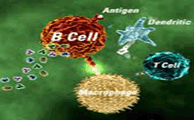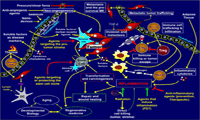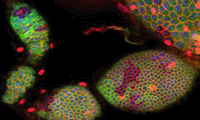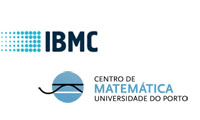




| Building
Bridges in Quantitative Biology Joint seminar IBMC/CMUP |
|
Title |
Stochastic
Simulation in Biology |
|
Speakers |
J N Tavares and Ricardo Cruz (CMUP) |
|
Date/Venue |
29th January 2015, 17h. Anfiteatro A IBMC,
Rua do Campo Alegre 823, Porto |
|
Abstract |
Many
processes in cell and molecular biology can be
described by biochemical reaction networks. It
is useful to study these networks using
computer simulations because they allow us to
quantitatively investigate hypotheses about
the networks. Deterministic simulations are sufficient to predict average
behaviors at the population level, but they
cannot address questions about noise, random
switching between stable states of the system,
or the behaviors of systems with very few
molecules of key species. These topics are
investigated with stochastic simulations. |
| Date/Venue
|
12th March 2015, 17h. Anfiteatro 0.31 Dep Matemática FCUP Rua do Campo Alegre, 687, Porto |
|
Title |
Mechanics
of the contractile ring during cytokinesis |
|
Speakers |
Ana Carvalho (IBMC) (see >>>>) |
|
Abstract |
Brief background and aims
of our lab: Cytokinesis
requires the assembly and constriction of a
contractile ring at the equator of the mother
cell. The contractile ring is an acto-myosin
filamentous structure which constricts while
bringing behind it the plasma membrane,
generating a physical barrier between the two
daughter cells. The ring is thought to
constrict via the action of myosin motor
activity that slides actin filaments past one
another and actin filament depolymerization.
|